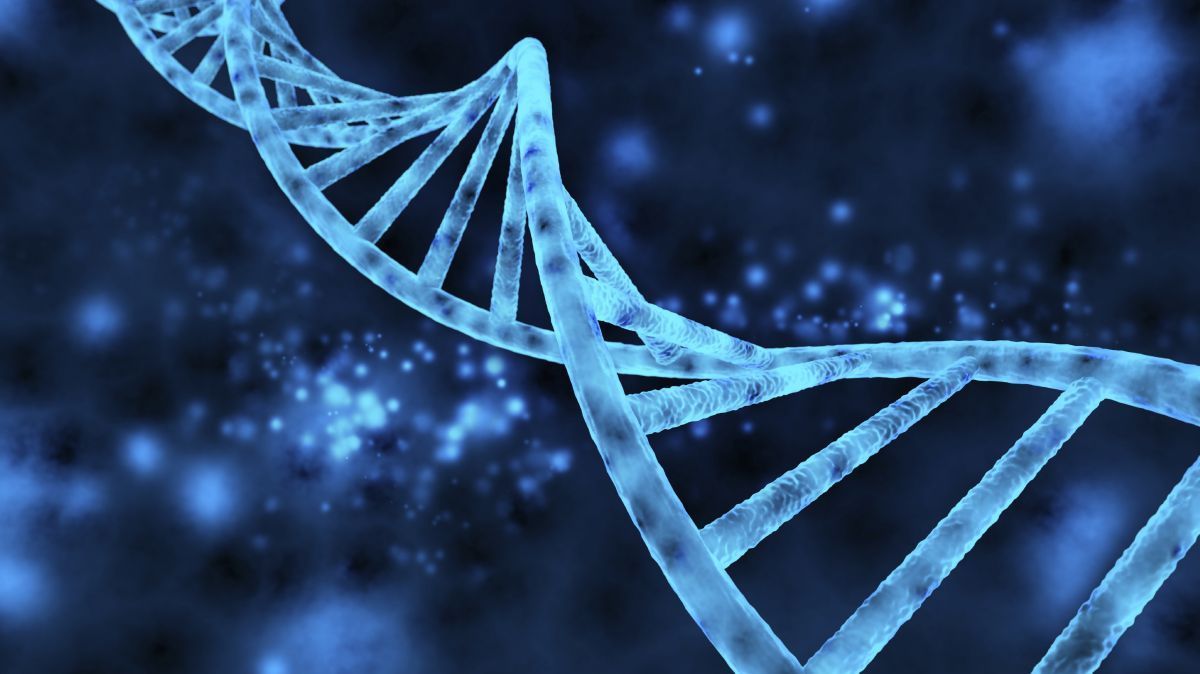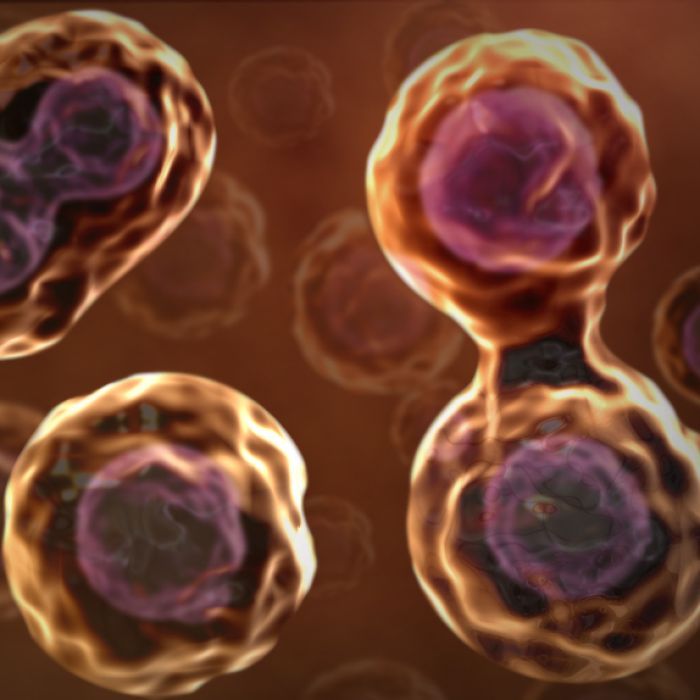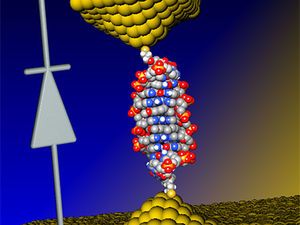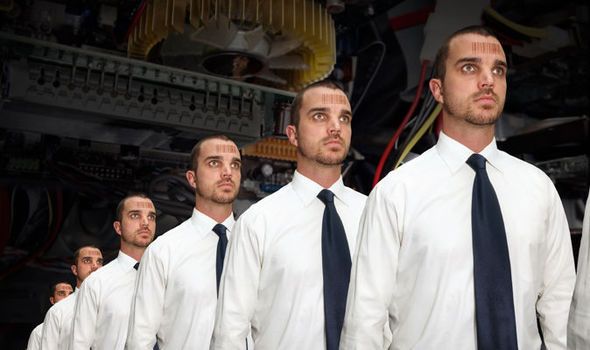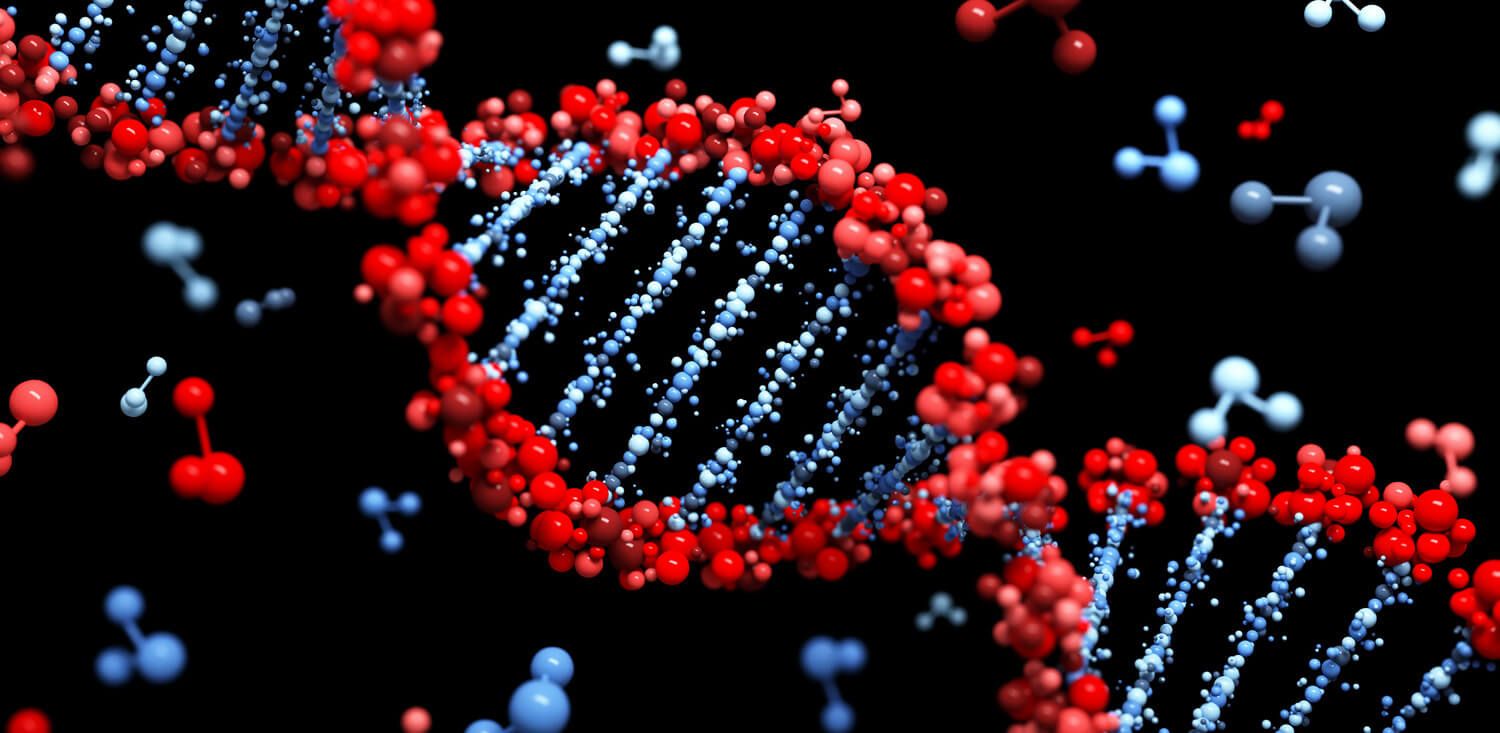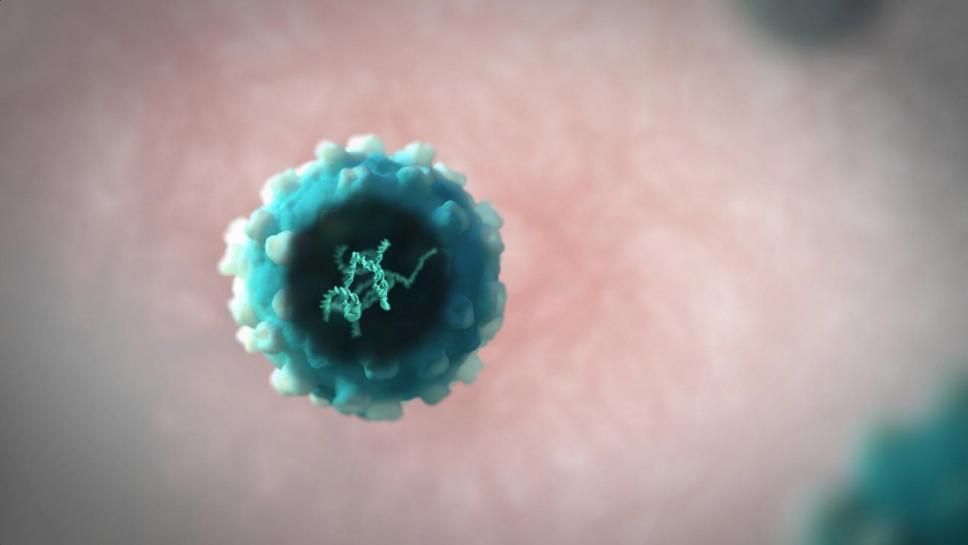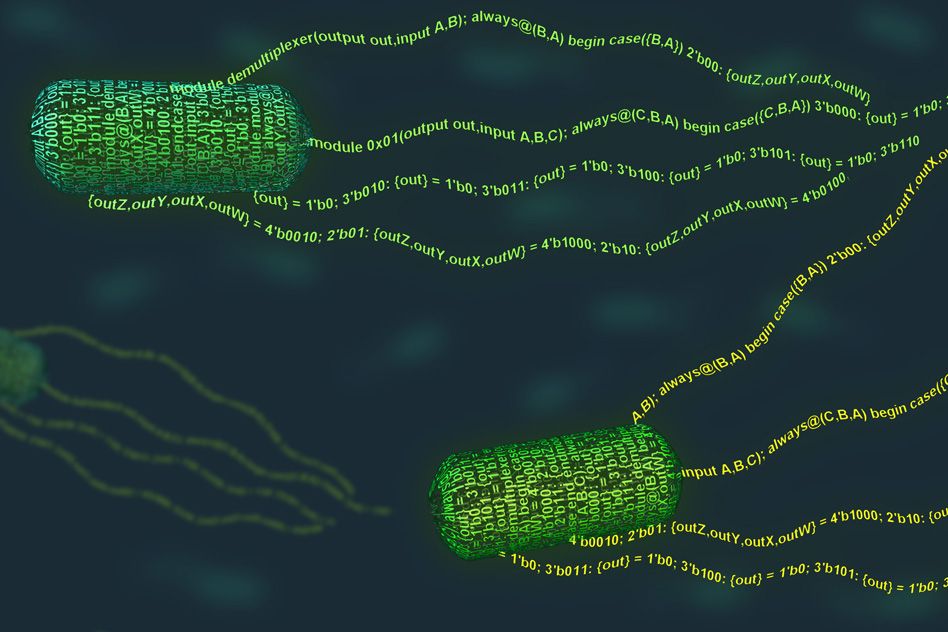Archive for the ‘biotech/medical’ category: Page 2620
Apr 5, 2016
Stem cell research on the brink of regrowing damaged human bone and tissue
Posted by Shailesh Prasad in category: biotech/medical
Australian researchers believe they are close to being able to use stem cells to regrow human bone and tissue damaged by injury, illness or old age.
Apr 5, 2016
World’s Smallest Diode Is Made of DNA
Posted by Shailesh Prasad in categories: biotech/medical, computing, electronics, genetics
Diodes —also known as rectifiers—allow electric current to flow in just one direction. More than 40 years ago, scientists proposed miniaturizing diodes and other electronic components down to the size of single molecules, an idea that eventually helped give birth to the field of molecular electronics, which could help push computing beyond the limits of conventional silicon devices. [See “Whatever Happened to the Molecular Computer?” IEEE Spectrum, October 2015]
Scientists at the University of Georgia and Ben-Gurion University of the Negev in Israel used DNA to fashion the new diode. The breakthroughs in genetics developed to sequence the human genome have now made it relatively easy to precisely manufacture and manipulate DNA, which makes the molecule a leading candidate for use in molecular electronics.
DNA’s double helix is made of paired strands of molecules known as bases. The new diode is only 11 base pairs long. (Typically, DNA is 0.34 nanometers long per base pair.)
Apr 5, 2016
Scientists to open MASS-CLONING factory this year to clone cows, pets and HUMANS
Posted by Shailesh Prasad in category: biotech/medical
Apr 4, 2016
Toyota forms company to make technology simpler
Posted by Karen Hurst in categories: biotech/medical, habitats, health, singularity, transportation
Very nice goal to have “all things connected” in Toyota’s and Microsoft’s case is “Singularity” lite meaning physical structures are connected; however, bio connection does not exist (only consumer profile information is available and integrated). This could be considered an interim state for Singularity.
The company called Toyota Connected has a goal of simplifying technology so it’s easier to use, perhaps even getting rid of distracting and complicated touch screens that now are in most cars and replacing them with heads-up or voice-activated technology, said Zack Hicks, the company’s CEO who also is Toyota Motor America’s chief information officer. Like other automakers, Toyota Connected will research connecting cars to each other and to homes, as well as telematics features that learn and anticipate a driver’s habits. The company, like other automakers, will explore transmitting a driver’s health data to a doctor or driving patterns to an insurance company so people are insured based on where they travel, Toyota said.
Apr 4, 2016
CRISPR Dispute Raises Bigger Patent Issues That We’re Not Talking About
Posted by Karen Hurst in categories: bioengineering, biotech/medical, genetics, law, robotics/AI
Good read; and highlights fair arguments around science and technology innovations and their patents. CRISPR was highlighted; however, the same can be applied to things like AI. What happens when a Humanoid robot owned by an investment bank innovates and develops new technology for Wall Street? The humanoid robot was (in this example) created by Microsoft; however, is owned by a Goldman Sachs. Who truly owns this new technology innovation? Could we see Goldman Sachs owning 70% of the patent & Microsoft owning 30%?
The worlds of science, technology and patent law eagerly await the U.S. government’s decision on who deserves patents on what many have referred to as the biotechnology invention of the century: the CRISPR/Cas9 gene-editing technique.
Scientists hail CRISPR/Cas9 as more accurate and efficient than other, now-traditional genetic engineering methods. As a result, CRISPR has generated worldwide debate about how it could accelerate the manipulation of plants, animals and even human beings at the molecular level. That some DNA modifications can be passed on to future generations raises particular concern.
Continue reading “CRISPR Dispute Raises Bigger Patent Issues That We’re Not Talking About” »
Apr 4, 2016
On-Demand Drug Production Is on the Horizon
Posted by Karen Hurst in category: biotech/medical
I see both positive and many negatives to this. Anything available to pharmacies, etc. is also retrievable by cartels.
A continuous-flow method to synthesize medicine promises to change how pharmaceuticals are produced and used.
By Bob Roehr on April 1, 2016.
Continue reading “On-Demand Drug Production Is on the Horizon” »
Apr 2, 2016
Of mice and old men: is the elixir of youth finally coming of age?
Posted by Montie Adkins in categories: bioengineering, biotech/medical, genetics, life extension, neuroscience
Preliminary work suggests that T-cells, which normally target disease, can be genetically engineered to target senescent cells in a wide range of tissues. In future, an infusion of GM blood every few years might be able to keep you going indefinitely (assuming some major advances in treating cancer, Alzheimer’s and heart disease). At which point, the question might be less: “How long have I got?” and more: “How long do you fancy sticking around?”
American scientists have coined the term ‘senolytics’ to describe a new class of drugs designed to delay the ageing process by clearing out doddery cells.
Apr 2, 2016
Europe gives green light to first gene therapy for children
Posted by Shailesh Prasad in categories: biotech/medical, genetics
LONDON The world’s first life-saving gene therapy for children, developed by Italian scientists and GlaxoSmithKline, has been recommended for approval in Europe, boosting the pioneering technology to fix faulty genes.
The European Medicines Agency (EMA) said on Friday it had endorsed the therapy, called Strimvelis, for a tiny number of children with ADA Severe Combined Immune Deficiency (ADA-SCID) for whom no matching bone marrow donor is available.
Around 15 children a year are born in Europe with the ultra-rare genetic disorder, which leaves them unable to make a type of white blood cell. They rarely survive beyond two years unless their immune function is restored with a suitable bone marrow transplant.
Apr 1, 2016
A programming language for living cells
Posted by Shailesh Prasad in categories: biotech/medical, computing, engineering
MIT biological engineers have created a programming language that allows them to rapidly design complex, DNA-encoded circuits that give new functions to living cells.
Using this language, anyone can write a program for the function they want, such as detecting and responding to certain environmental conditions. They can then generate a DNA sequence that will achieve it.
“It is literally a programming language for bacteria,” says Christopher Voigt, an MIT professor of biological engineering. “You use a text-based language, just like you’re programming a computer. Then you take that text and you compile it and it turns it into a DNA sequence that you put into the cell, and the circuit runs inside the cell.”
